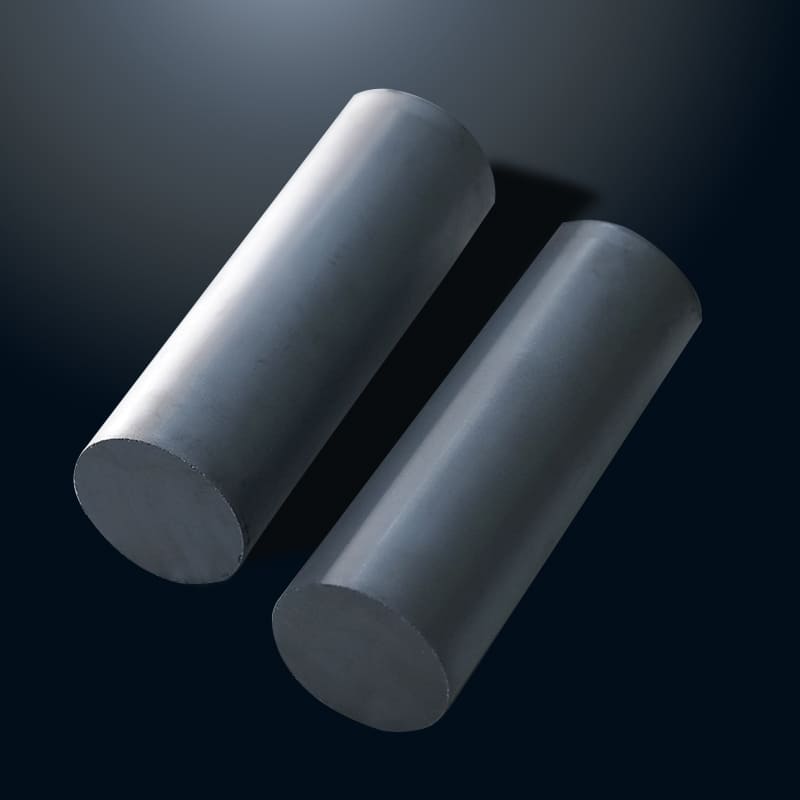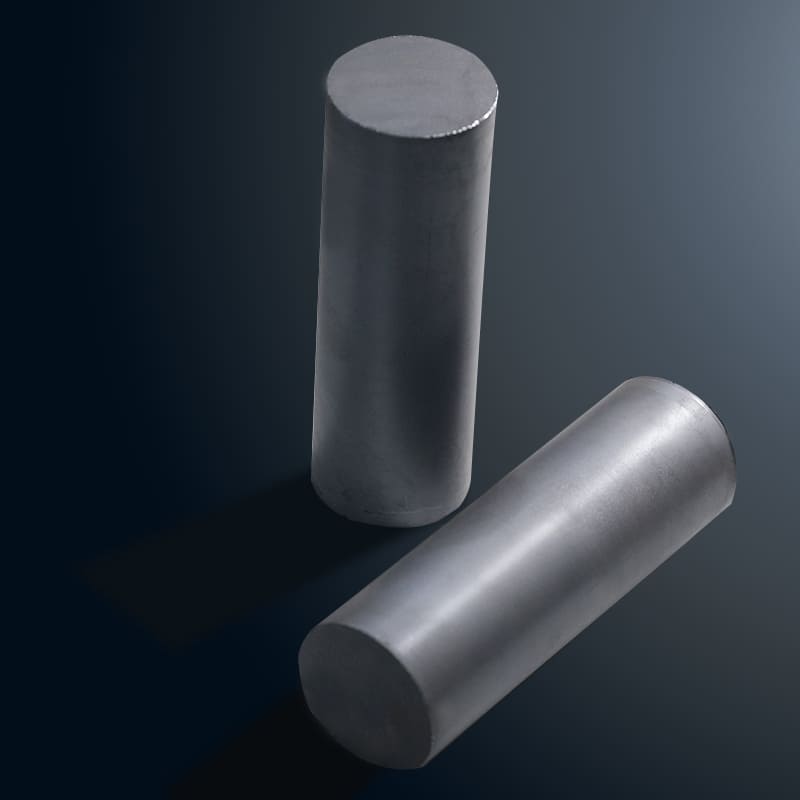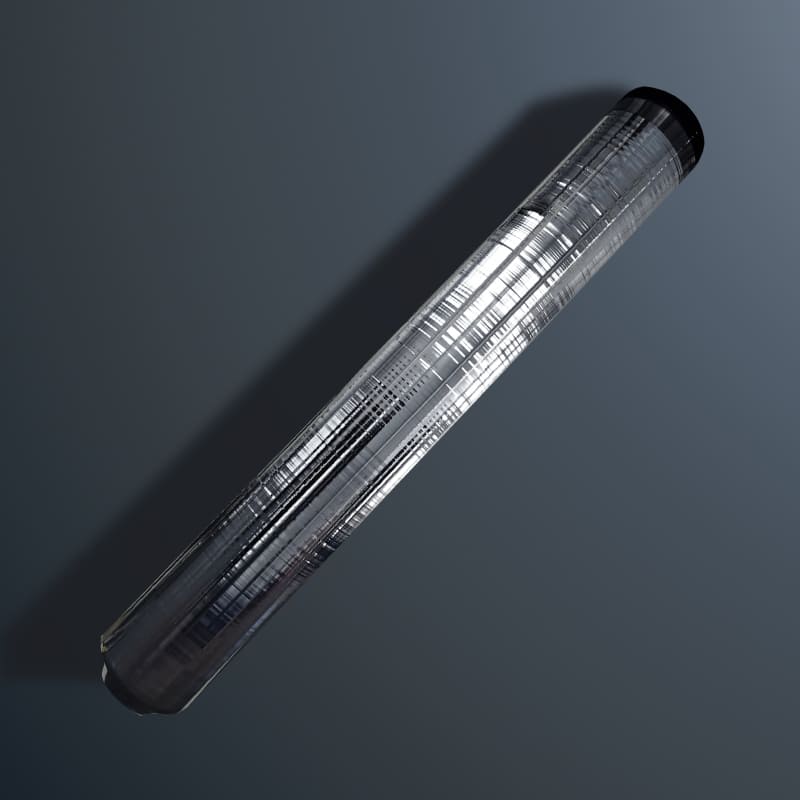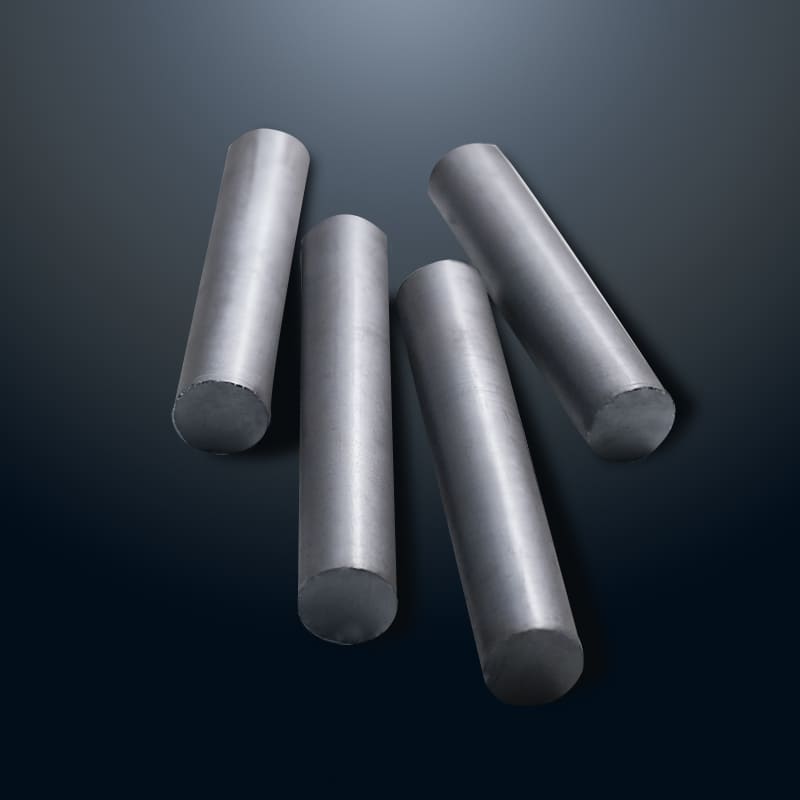A crystal is a solid composed of atoms, ions, or molecules arranged periodically according to a certain pattern. According to the different types of particles that make up crystals and the forces between particles, crystals can be divided into four types: ionic crystals, atomic crystals, molecular crystals, and metal crystals. So, what category does silicon crystal belong to? Let's take a look together!
Silicon crystals belong to atomic crystals. Silicon crystals are formed by strong covalent bonding of silicon atoms, with each silicon atom forming a tetrahedral structure with other silicon atoms, which gives silicon crystals high stability.
One of the characteristics of atomic crystals is their high hardness, and silicon crystals are known for their high hardness, which is also one of the important reasons for their industrial applications. In addition, the boiling point of atomic crystals is usually high, and the melting point of silicon crystals is about 1414 ℃ to 1420 ℃, which also reflects the characteristics of their atomic crystal properties.
Unlike ionic and molecular crystals, atoms in atomic crystals are connected to each other through covalent bonds rather than ionic bonds or intermolecular forces. The strength of this covalent bond is very high and requires a higher temperature to break, which is also one of the reasons why silicon crystals can maintain stability in high-temperature environments.
Furthermore, it is worth noting that although silicon crystals are atomic crystals, under certain conditions, silicon can also form other types of crystal structures. For example, under specific conditions, silicon can form crystal types such as amorphous silicon or microcrystalline silicon, which have slight differences in structure and properties, but all belong to the category of silicon crystals.
The above is an answer to what crystals silicon crystals belong to. We hope it is helpful to you. If you have any questions, please feel free to consult or leave a message online.










